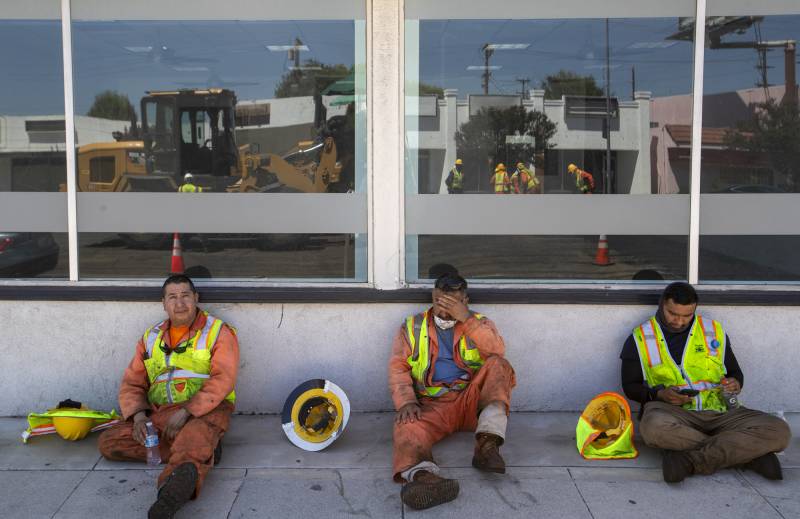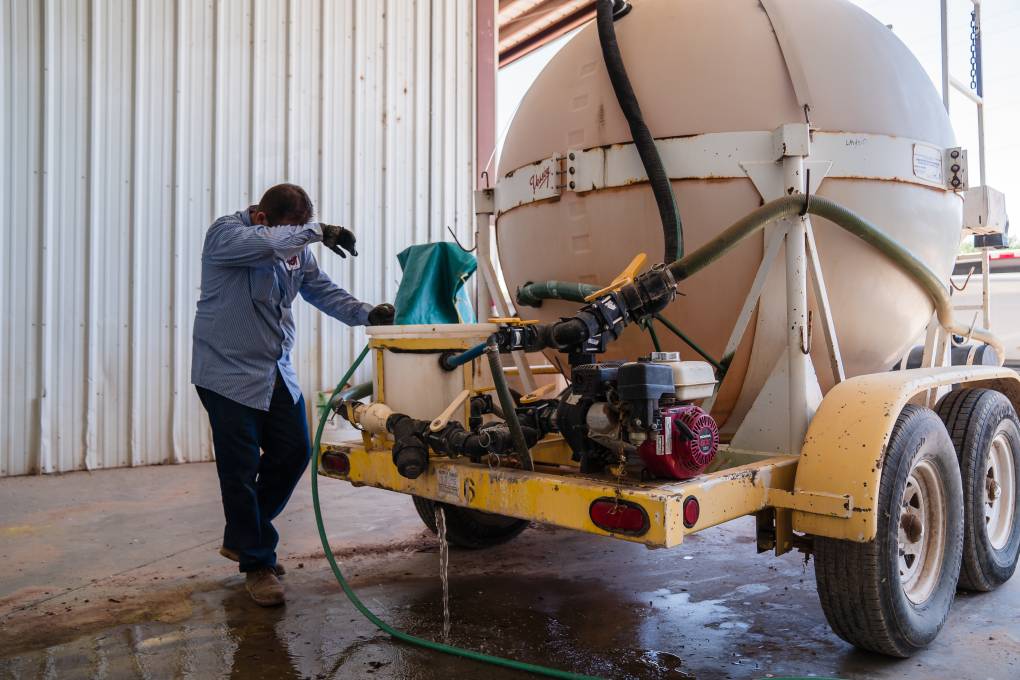A similar bill Padilla co-sponsored in 2021, which gave OSHA slightly over two years to issue an interim standard, did not advance in the last session of Congress. But Padilla said he hoped to garner more Republican support for the legislation this year, because red and blue states alike are grappling with heat waves.
“It’s happening in all states and the workers subjected to these extreme heat conditions come from across the political spectrum. And so partisan politics should not be an issue here,” Padilla said. “We’re talking about fundamental health and safety of so many essential workers across the country.”
More than 430 workers across the country died from environmental heat exposure on the job between 2011 and 2021, while about 34,000 were injured, according to the U.S. Bureau of Labor Statistics. And in California, state regulators have confirmed 54 heat fatalities since 2005.
But occupational health experts say these figures are likely significant undercounts, as cases are commonly misdiagnosed and underreported.
In a recent report, the nonprofit Public Citizen estimated that heat is responsible for as many as 2,000 worker deaths and 170,000 injuries in the U.S. each year.
Several states already require certain employers to take steps to prevent heat stress among their workers, but those regulations vary. While Oregon’s protections cover both indoor and outdoor workers, California rules only apply to outdoor settings.
Cal/OSHA, the state equivalent of the federal agency, is currently working on expanding California’s heat standards to cover indoor worksites. But the agency, which was legally bound to issue the new rules by 2019, blew by that deadline and held its first public hearing on the proposed regulation in May. The delay was exacerbated during the pandemic, as the agency struggled to respond to COVID worksite hazards.
During a press event this month, a group of Southern California workers whose jobs put them at risk of heat stress called on employers and the state to do more to keep them safe.


